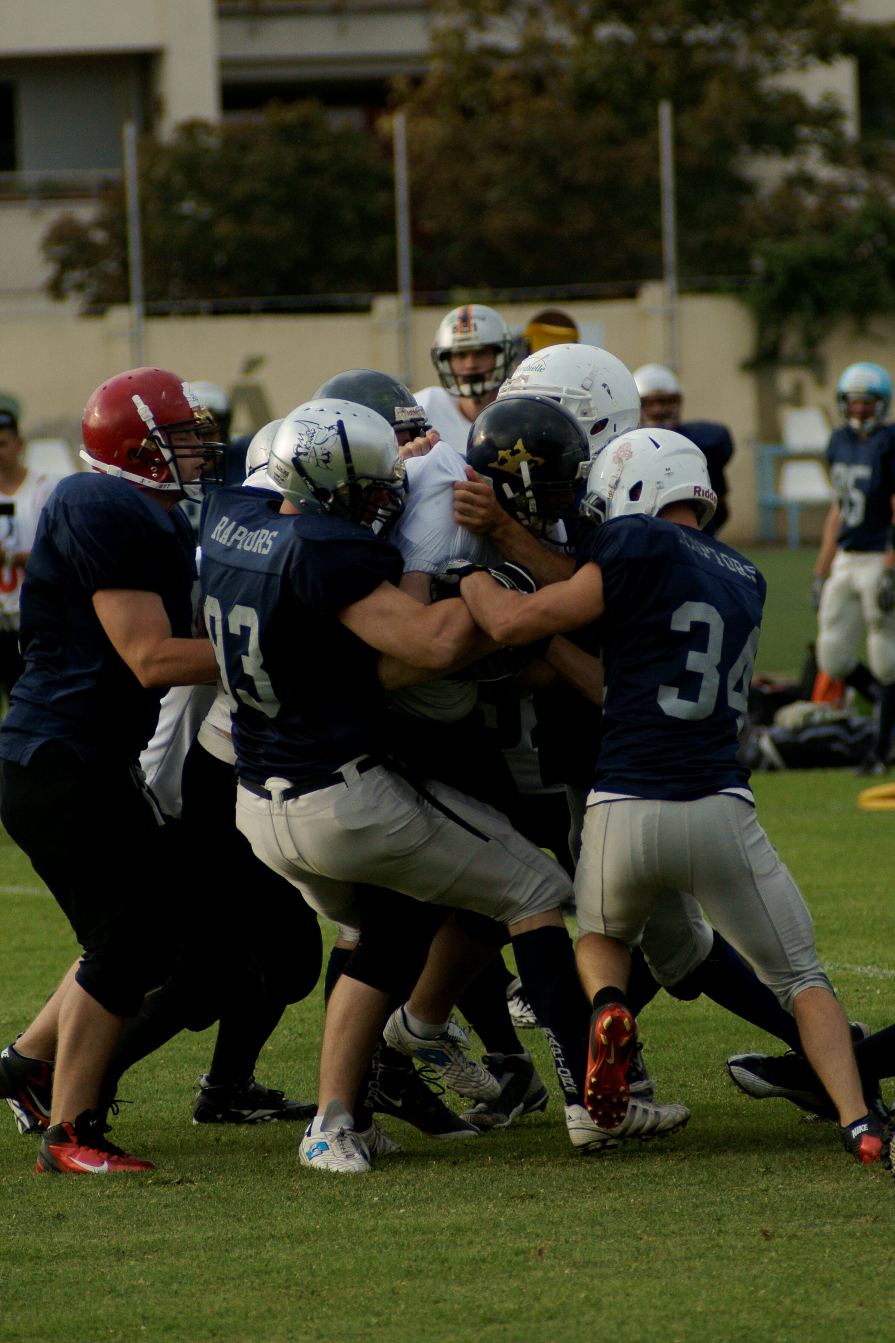Testing Correlation between Players Strength and Head Impact Severity

Football season is in full swing as millions of people gather to watch and celebrate one of America’s favorite pastimes. Along with the familiar storylines that surround the sport’s season (wins and losses, rivalries, etc.) one news item continues to be a major talking point: the increased concern over player safety. Players of all ages and skill levels are prone to concussions and head injuries which can lead to negative long term effects. Leagues ranging from professional to high school have begun to take notice implementing more safety guidelines, better protection equipment, and stricter rules regarding player hits. More researchers have also taken to studying this subject matter to try and fully understand the effects of these injuries and how to prevent long term damage. A recent study performed at the University of Georgia aimed to see whether player neck stiffness would help reduce negative effects during head collisions. The researchers used BIOPAC’s MP150 system with AcqKnowledge software to record isometric strength. That data was used to analyze whether neck strength helped mitigate the severity of head impacts. The study found that a player’s neck muscle strength did not seem to play a factor in alleviating the magnitude of the impact, meaning that a player’s increased muscular build does not help him receive a less serious head injury. The researchers did find however that player’s neck stiffness and angular displacement during the hit helped mitigate the effects. This study reinforces that players need to be taught exactly how they should be tackling and hitting not only for their opponents safety, but theirs as well.
Reference: Schmidt, J., Guskiewicz, K., Blackburn, J., Mihalik, J., Siegmund, G., & Marshall, S. (2014). The Influence of Cervical Muscle Characteristics on Head Impact Biomechanics in Football. The American Journal of Sports Medicine, 42(9), 2056-2066. Retrieved September 26, 2014, from http://ow.ly/C4IBu
Stay Connected